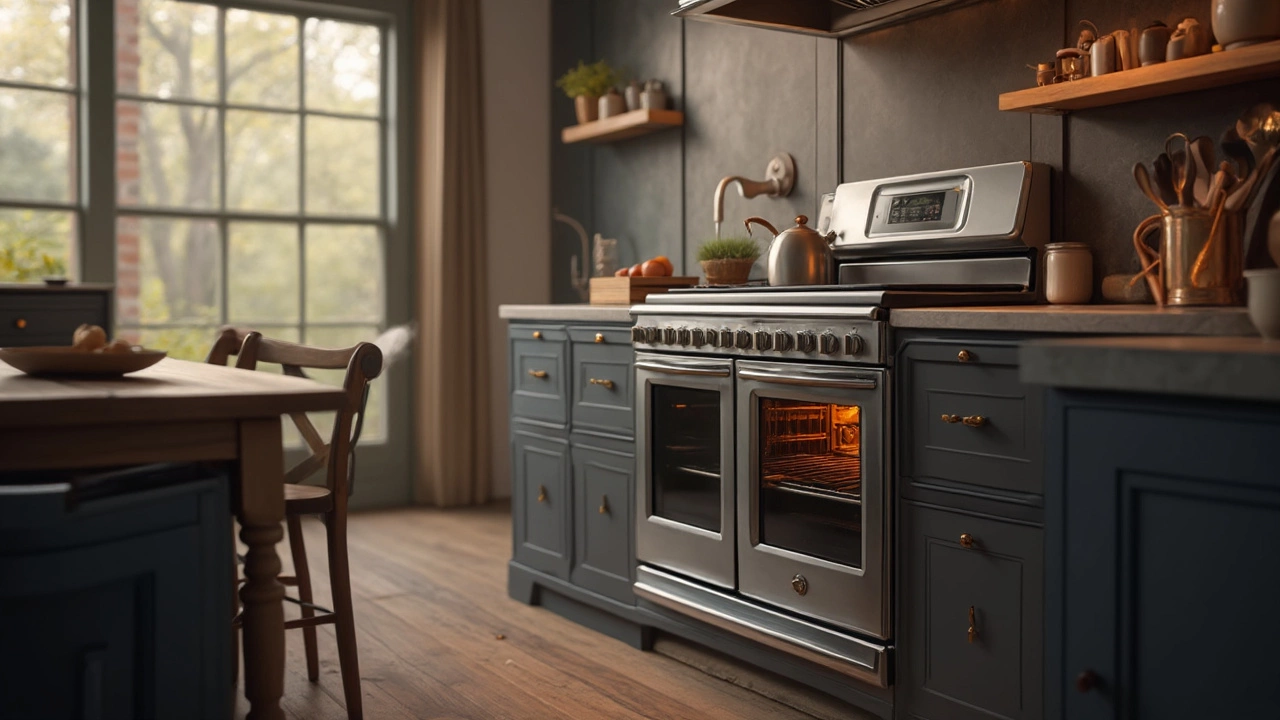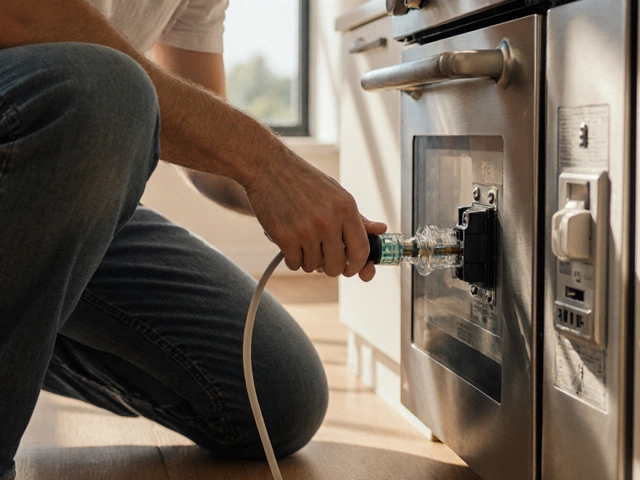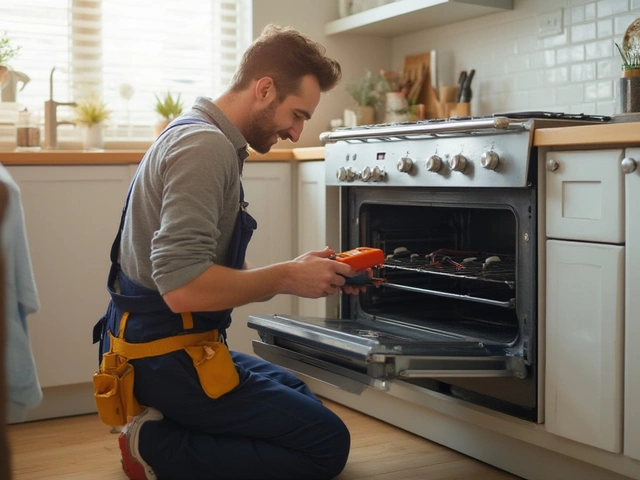When it comes to cooking appliances, no one wants a short-lived oven. But picking one that’s built to last takes some digging. There are flashy adverts and eye-catching designs, sure, but the secret? It’s often hidden under the hood.
Let’s talk build quality. It’s about more than just heavy-duty knobs—think about the materials used in the construction and the engineering behind it. Stainless steel, for instance, isn’t just for show; it resists rust and stains, significantly stretching your oven’s lifespan.
Now, you’re probably asking, 'Which brands really hit the mark?' Brands like Miele, Bosch, and Smeg have been recognized for their top-notch materials and attention to engineering details. It’s not just hype; their products genuinely last longer when given a bit of care.
- Understanding Oven Build Quality
- Top Brands Known for Durability
- Features That Enhance Longevity
- Common Issues and DIY Fixes
- Tips for Prolonging Your Oven’s Life
Understanding Oven Build Quality
Alright, so we've established that not all ovens are created equal. The secret to a long life really lies in the oven build quality. But what does that actually mean?
First off, materials matter. A lot. Stainless steel is your friend here. It not only looks sleek but holds up against rust and daily wear better than other materials. And let’s face it, nobody wants to deal with rust.
Another big factor is the oven's internal components. Look for models with quality heating elements and well-sealed doors. A poorly sealed door can let heat escape, making your oven work harder than it needs to.
According to John Levene, a veteran appliance repair specialist, “Investing in an oven with excellent build materials and design can save you loads of repair costs down the line.”
Now, some folks might ask, is there a way to quickly vet an oven's build quality? Absolutely. When you’re shopping, give the oven a good old-fashioned shake test. It should feel sturdy and not rattle like a tin can.
Here’s a quick checklist for spotting a durable oven:
- Heavy-duty hinges - good hinges are crucial for longevity.
- Seamless edges - less chance of debris build-up, which can erode materials over time.
- Efficient insulation - keeps the heat where it belongs, inside.
And a fun fact: Did you know that electric ovens tend to have fewer moving parts than gas ones, making them potentially more durable? Just one of those quirky insights into the world of long-lasting ovens.
Top Brands Known for Durability
When you're in the market for an oven that promises not to give up after a few years, you've got to look beyond the surface. Some brands truly stand out because they’ve been perfecting their craft for ages, combining both innovation and reliability.
Miele is often the go-to name if you’re serious about long-lasting kitchen appliances. Known for German engineering and quality control, Miele ovens often come with features like self-cleaning modes and precise temperature controls. These aren’t just fancy add-ons; they protect the oven's components from unnecessary wear and tear.
Bosch makes it to the durability hall of fame with its dependable performance. They focus on energy efficiency without sacrificing build quality. Many Bosch models feature Eco-friendly construction and insulation that prevents heat loss, meaning less strain on the oven’s internal parts.
Another worthy mention is Smeg. They’re not just about cool retro designs; Smeg ovens are built using industrial-grade materials typically reserved for professional kitchens. Their enamel coatings are especially resilient, keeping rust and scratches at bay.
To give you an idea of the cost versus lifespan, here's a quick glance at some stats:
| Brand | Average Lifespan (Years) | Average Cost (GBP) |
|---|---|---|
| Miele | 15-20 | 1,200 |
| Bosch | 10-15 | 900 |
| Smeg | 12-18 | 1,100 |
Investing in long-lasting ovens from these brands might pinch your pocket upfront, but think about the years of hassle-free cooking and savings on repairs. A well-built oven is like a trusty kitchen partner, sticking around meal after meal.
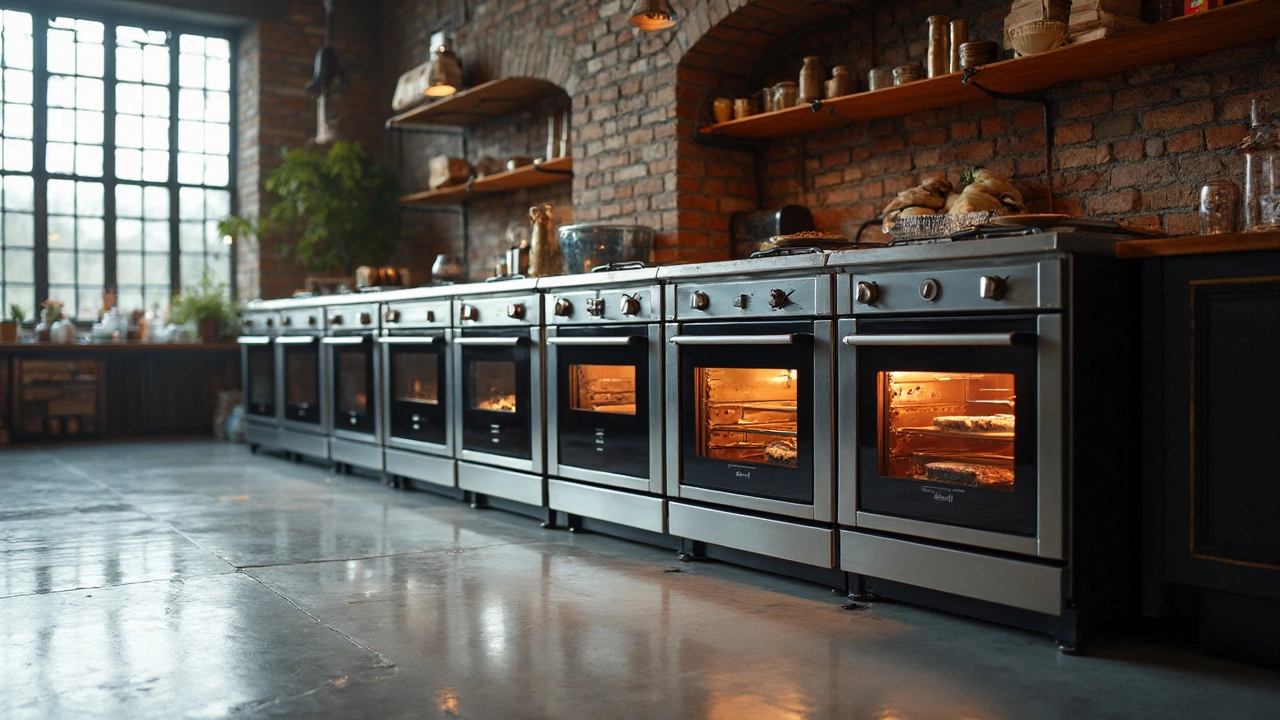
Features That Enhance Longevity
So, what exactly should you look for in a durable oven? It all comes down to features that are practical and built to last. Let’s break down some features that not only improve performance but also ensure your oven keeps going strong for years.
First up, self-cleaning ovens are a boon. Not just for the obvious ease of maintenance, but because they help preserve the oven's interior by reducing buildup that can damage components over time. You might think it’s just a luxury feature, but in reality, it’s a long-term investment in your oven’s health.
- Convection Technology: Look for ovens with convection cooking, which uses fans to circulate air evenly. This technology not only cooks food more efficiently but also helps in maintaining consistent temperatures, reducing wear and tear on heating elements.
- Quality Insulation: It’s not often talked about, but good insulation matters. It keeps heat where it belongs – inside the oven. This not only saves energy but also protects external components from heat damage, contributing to a long-lasting oven.
We should also mention the importance of solid door hinges. Over time, flimsy hinges can warp or even break, compromising your oven's performance by not sealing properly. Opting for strong, reliable hinges will prevent these issues.
Another crucial aspect is the control panel. Digital controls can offer precision, but make sure they are designed to withstand high kitchen wear and tear. Touchscreens are increasingly common, but tactile knobs often have a reputation for being more durable—something to consider depending on your cooking habits.
Ovens with higher-wattage elements can also prove beneficial. They typically heat up faster and more reliably, reducing strain on the appliance. Brands known for durable ovens often incorporate this feature to ensure you’re not left waiting ages for preheating.
Let's dive into a bit of data. According to a study, ovens with self-cleaning capabilities and convection systems tend to have a lifespan increase of about 15% compared to their traditional counterparts. This highlights the real-world advantages of investing in these technologies.
Ultimately, stacking your oven with these features won’t just save you money on electric oven repair costs—it’ll make your kitchen life a whole lot easier.
Common Issues and DIY Fixes
Okay, so your oven isn’t working quite right? Before you call a repair guy and start thinking about replacements, let's roll up our sleeves and see if it's something you can handle yourself. Most oven problems are pretty common, so chances are you're not alone in your struggle.
One major headache folks often face is uneven cooking. If only one side of your pizza is crisp, the heating elements might be the culprits. Check if there’s damage or if they’ve become loose. Replacing these elements is usually straightforward:
- Unplug the oven or turn off the power. Safety first!
- Remove the screws holding the element in place.
- Disconnect the wires carefully; take a picture first if you’re worried about forgetting where they go.
- Install the new element by reconnecting the wires and securing it with screws.
Sicilian-style underdone lasagna sucks, right? Another nuisance is the oven not heating at all. This might be due to a blown thermal fuse. Here’s a quick fix:
- Locate the fuse using your oven’s manual and unscrew it—again, make sure the power’s off.
- Replace it with the right type of new fuse—a simple swap!
- Power up your oven to test it.
Strange noises coming from your oven? It might be the fan working overtime trying to cool down the components. Cleaning it might ease its burden. Check if any loose parts are rattling around when the oven's on.
Now, let’s look at some techie stuff. If your oven has a digital display that’s gone haywire or not responding, it might simply need a reboot. Give this a shot by switching your oven off at the mains for a couple of minutes.
Sometimes even the best brands face these hiccups. But knowing how to fix them can make your oven last longer and save a bit of dosh. If things still aren’t right, though, it might be time to get a professional involved.
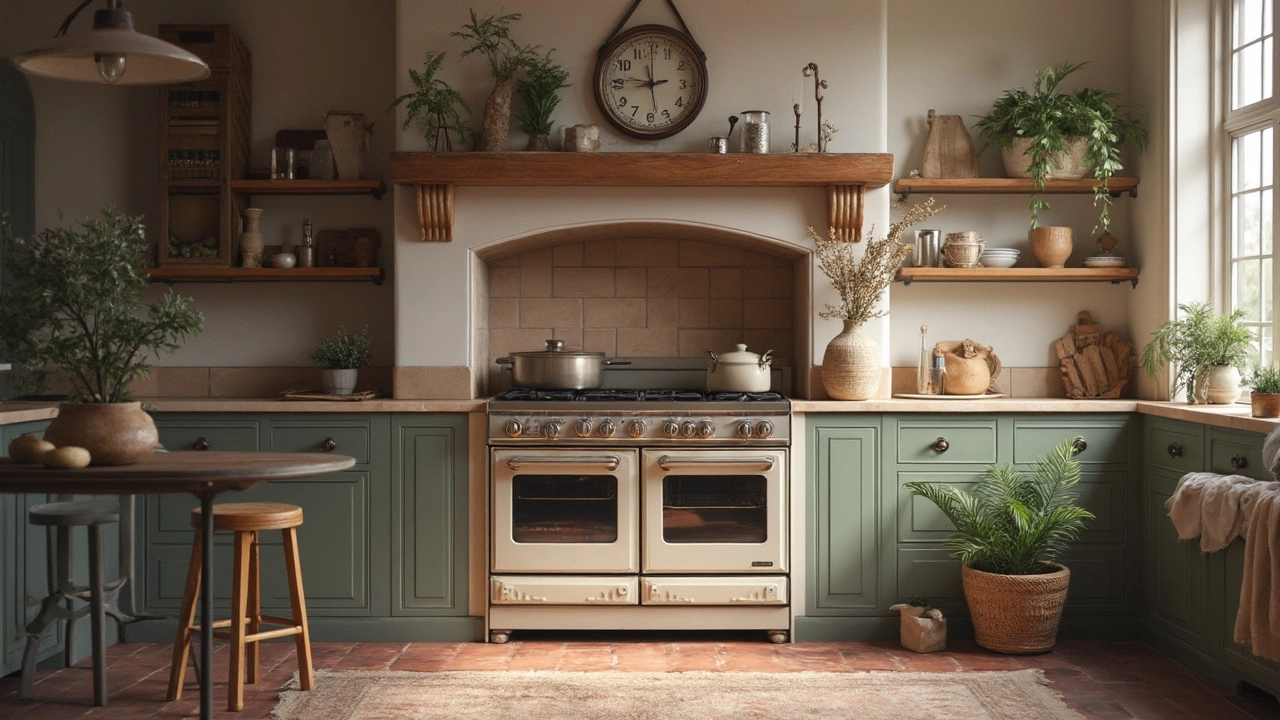
Tips for Prolonging Your Oven’s Life
Keeping your oven in top shape isn't just about giving it a wipe-down now and then. It's about consistent care and smart practices that help your trusty appliance work like a dream for years.
First off, clean it regularly but gently. Forget those harsh chemicals that promise to zap everything in sight. Instead, use a mild cleaner or a homemade mix of vinegar and baking soda. It’s kinder to your oven and your lungs.
- Check the seals: The rubber gasket around the oven door is crucial for energy efficiency. If it’s torn or worn out, replace it to prevent heat from escaping.
- Avoid overloading: Shoving too many dishes in might seem like a time-saver but can overwork your oven's components. Stick to the recommended limits.
- Watch the wattage: Pay attention to your electricity supply. If you notice flickering lights or frequent trips in the fuse box, you might be straining your electrical system.
Here’s a little stat nugget: proper maintenance can extend an oven's lifespan by up to 50%. That’s like adding a whole extra decade of trouble-free roasting and baking!
For electrical components, inspect them once a year. If you’re not comfortable doing this yourself, hire a professional. It’s a small cost compared to needing a new oven because a simple issue went unnoticed.
Finally, give it a break. If you’re not actively using it, don’t crank it up to full power. Just like us, ovens appreciate not being overworked all the time. Showing care today means fewer headaches tomorrow.

